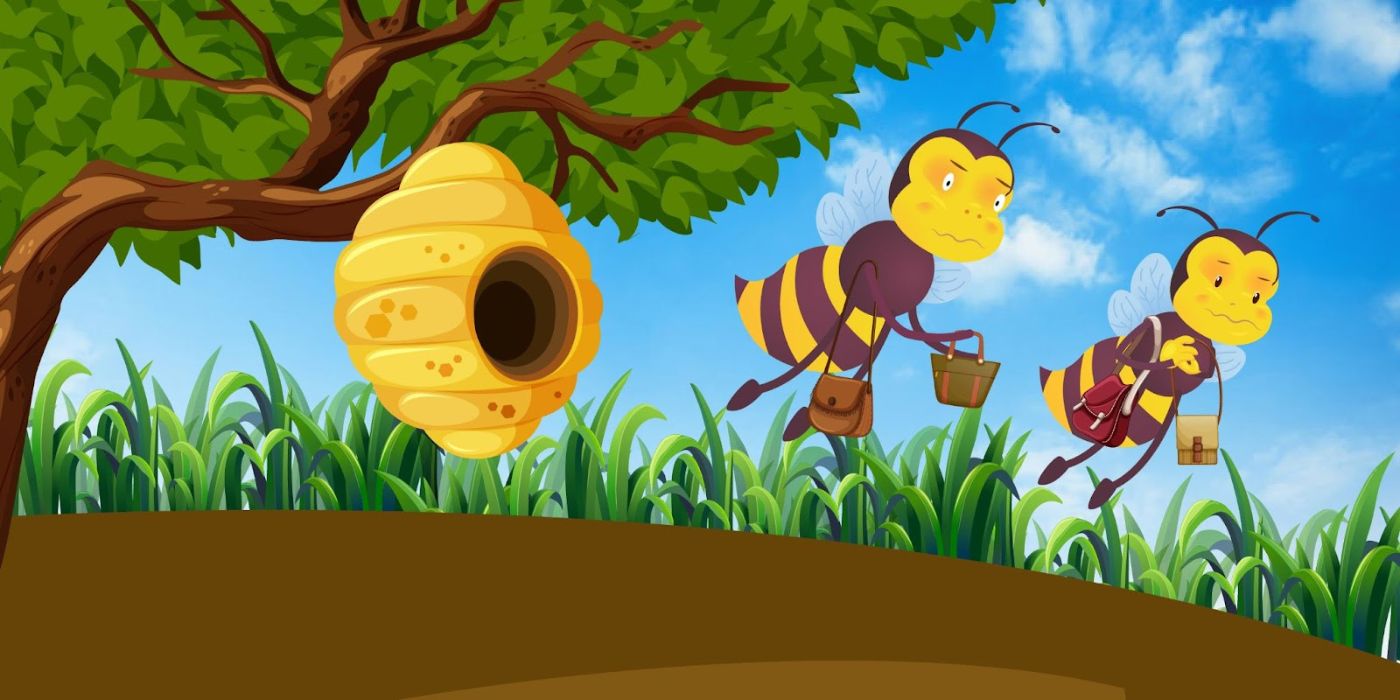
5 Tips For Spring Swarm Prevention
Spring is the season when honeybee colonies start to grow and expand. The queen bee lays eggs, and the population increases rapidly. This is also the time when swarming can occur. Swarming is the natural process of honeybees splitting off from their parent colony to form a new colony. While this is a normal process, it can cause problems for beekeepers, as it can lead to a loss of bees, honey, and other resources. Today, we will discuss spring swarm prevention methods that beekeepers can use to prevent swarming.
Monitor the colony
One of the most effective ways to prevent swarming is to monitor the colony regularly. Beekeepers should keep an eye on the size of the colony and the amount of honey and pollen stored in the hive. If the colony is getting too large, beekeepers should take steps to prevent swarming. They can do this by adding more supers to the hive, which provides more space for the bees to store honey and pollen. Beekeepers can also remove frames with capped honey and replace them with empty frames to encourage the bees to keep working.
Control the Queen
The queen bee is the most critical member of the colony. She is responsible for laying eggs and ensuring the survival of the colony. If the queen is not managed correctly, the colony can quickly become overcrowded, which can lead to swarming. One way to prevent swarming is to control the queen's egg-laying behavior. Beekeepers can do this by removing the queen from the hive for a short period, which will prevent her from laying eggs. When she returns, she will have to catch up on laying eggs, which will delay the colony's expansion.
Increase ventilation
Ventilation is another critical factor that can affect swarming. Poor ventilation can cause the hive to become too hot, which can lead to the bees leaving the hive in search of a cooler environment. Beekeepers can prevent this by increasing ventilation in the hive. They can do this by adding more ventilation holes or by using a screened bottom board. This will allow more air to flow through the hive, keeping it cooler and reducing the risk of swarming.
Replace old comb
An old comb can also contribute to swarming. Over time, the comb becomes contaminated with brood and other debris, which can attract. If the bees detect any signs of disease, they may leave the hive in search of a new home. Beekeepers can prevent this by replacing old combs with new frames. This will give the bees a fresh start and reduce the risk of swarming.
Split the colony
If all else fails, beekeepers can split the colony to prevent swarming. This involves separating the queen and a portion of the bees from the parent colony and creating a new colony. The new colony can then be placed in a new hive, and the beekeeper can manage both colonies separately. This method is useful if the beekeeper has multiple hives and wants to increase the number of colonies they manage.
In conclusion, swarming is a natural process that can occur in the spring when honeybee colonies grow and expand. Beekeepers can prevent swarming by monitoring the colony, controlling the queen, increasing ventilation, replacing old comb, and splitting the colony. By using these methods, beekeepers can prevent the loss of bees, honey, and other resources, ensuring the survival and productivity of the colony.
Conclusion
Swarming is a natural and fascinating aspect of honeybee behavior, but it can pose challenges for beekeepers during the critical spring season. By monitoring your hives, managing the queen, improving ventilation, replacing old comb, and splitting the colony when necessary, you can effectively reduce the risk of swarming and maintain healthy, productive colonies.
With proactive swarm prevention, you’ll not only safeguard your bees and resources but also support their growth and resilience, ensuring a thriving apiary for seasons to come.
FAQs on Spring Swarm Prevention
1. Why do honeybees swarm in the spring?
Honeybees swarm as part of their natural reproductive process. When a hive becomes overcrowded or resources are abundant, the colony divides, and a portion of the bees leaves with the queen to establish a new hive.
2. How can I tell if my hive is preparing to swarm?
Signs of swarm preparation include the presence of swarm cells (elongated queen cells), an overcrowded hive, and increased bee activity at the entrance. Bees may also appear restless or agitated.
3. Is it possible to prevent swarming entirely?
While it’s challenging to eliminate the risk of swarming completely, proactive management techniques—such as regular hive inspections, queen control, and colony splitting—can significantly reduce the likelihood of swarms.
4. What happens if I miss the signs of swarming?
If a swarm leaves your hive, it can result in a significant loss of bees and honey production. However, you can often recover the swarm by capturing it and relocating it to a new hive. Acting quickly is key.
5. Can swarming benefit my apiary in any way?
In some cases, swarming can be an opportunity to increase your apiary’s size. By capturing the swarm and introducing it to a new hive, you can establish a new colony and expand your beekeeping operations.



Leave a comment